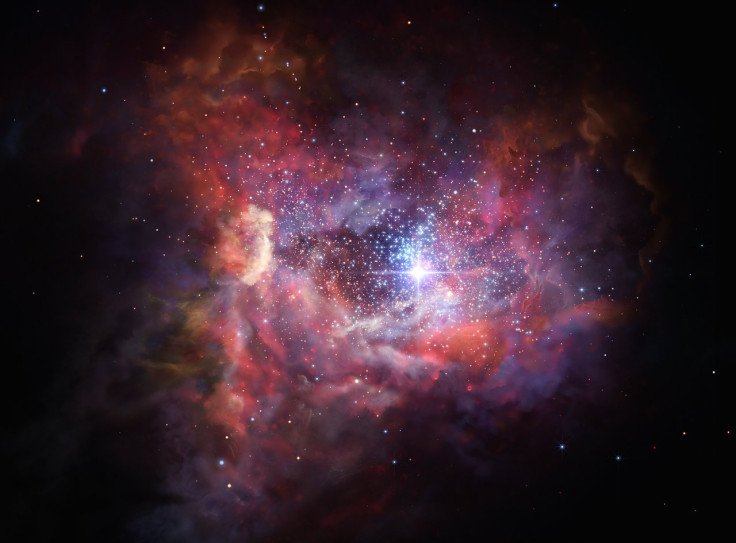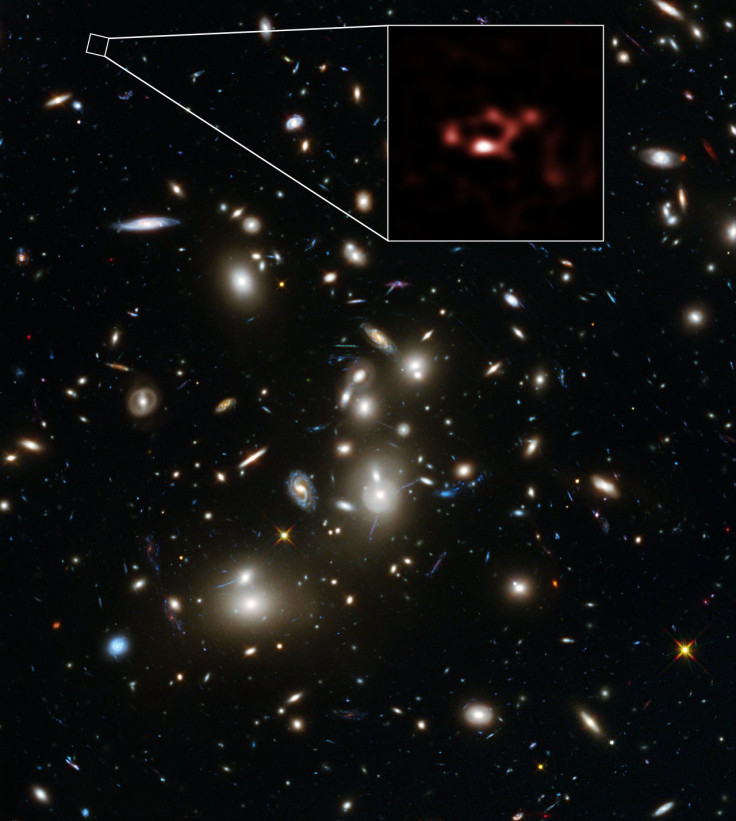Cosmic stardust from the dawn of the universe detected by Alma telescope
Scientists also found the earliest oxygen ever detected in the galaxy A2744_YD4.
Stardust has been discovered in a galaxy that formed when the universe was just 600 million years old. This represents the most distant galaxy in which cosmic dust has ever been found – giving scientists a new insight into how and when the very first stars were born and died.
Astronomers used the ALMA telescope in Chile to observe the galaxy A2744_YD4. Because the galaxy is so young and remote, they were not expecting to see it contained a huge mass of glowing stardust, which would have formed from an earlier generation of stars dying.
Further to this, the team also detected ionised oxygen coming from the galaxy – making it the earliest oxygen ever detected. Their findings are published in Astrophysical Journal Letters.
Cosmic stardust is made up of silicon, carbon and aluminium. The tiny grains are scattered across space when a star dies in a supernova explosion. The dust provides the building blocks for life, being used to form stars and planets. The universe as we see it today – at 13.7 billion years old – contains loads of stardust. However, at the start of the universe it was very scarce - there had not been enough time for many stars to have died.
Study leader Nicolas Laporte, from University College London, said: "Not only is A2744_YD4 the most distant galaxy yet observed by ALMA, but the detection of so much dust indicates early supernovae must have already polluted this galaxy."

Their calculations showed mass of the dust in the galaxy was equivalent to six million times the mass of the sun. Star formation took place at a rate of 20 solar masses per year. In comparison, the rate of star formation in the Milky Way is just one solar mass per year. Findings indicate stars started to form when just 400 million years after the dawn of the universe.
Finding out when the first stars exploded will help shed light on the very early universe. "Further measurements of this kind offer the exciting prospect of tracing early star formation and the creation of the heavier chemical elements even further back into the early Universe," Laporte said.

© Copyright IBTimes 2025. All rights reserved.






















